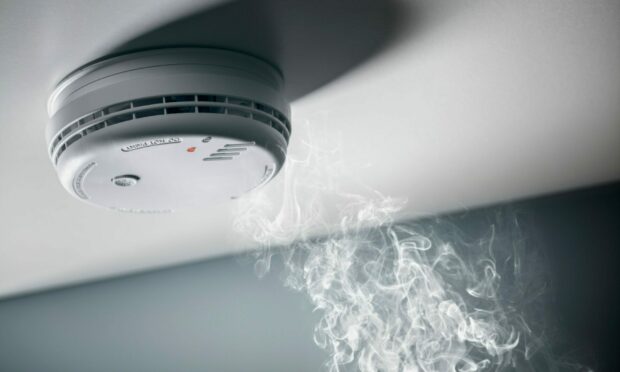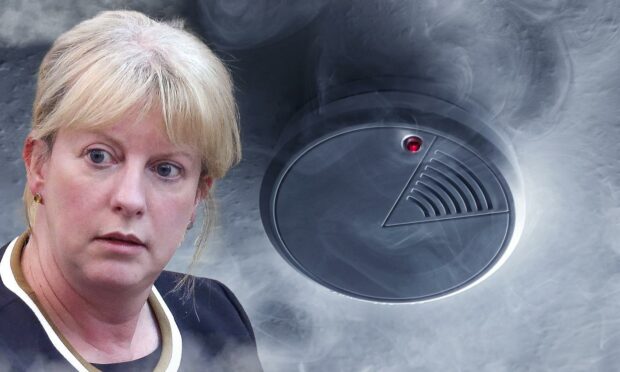Housing chiefs in Fife are considering forced access to council houses to finally meet fire alarm rules one year after they were imposed.
All four councils across Tayside and Fife have yet to fully comply with the new fire safety legislation.
Perth & Kinross has already resorted to forced entry, blaming access problems such as “hoarding”.
The nationwide rules, which came into force on February 1 last year, require all households in Scotland to have the appliances installed in their homes.
Fife Council still has to upgrade 1% of its properties.
Andy Graham, housing business change manager, said: “We’ve spent some time working out the process we need to follow so we can force access to a property if needed.
“We’re aiming to be compliant by the end of the current financial year.”
‘Hoarding’
Perth & Kinross Council said it forced access to properties in “some cases” in order to carry out the work required.
The local authority confirmed access was on hold for a “small number” of properties due to issues with tenancy such as hoarding by the tenant which prevents physical access to the property.
The council still has 71 homes where smoke alarms need fitted, meaning almost all of their 7,923 homes are now compliant.
Angus Council still has to fit the interlinked alarms in 451 of its 7,714 rented properties, according to the latest figures from January.
In Dundee, almost all the properties have had the alarms installed, with 99.98% of homes completed.
It is the responsibility of councils to ensure the alarms are installed for their tenants.
The Scottish Government rejected calls last year to extend the February deadline for all households in the country to have new interlinked smoke detectors installed.
Just a quarter of Scottish councils fully comply with the new legislation almost 12 months on, according to research by the Scottish Conservatives.
Data released under freedom of information legislation revealed only eight local authorities currently meet the regulations for council homes.
‘Inept forward planning’
Miles Briggs, housing spokesman for the Scottish Conservatives, blamed “inept forward-planning”.
This is despite most the councils raising concerns about access to the remaining properties.
He said: “The fact that the vast majority of councils have buildings that still don’t comply with the Scottish government’s fire alarm law – almost a year on from it coming into force – is deeply alarming.”
‘Vital piece of safety legislation’
A Scottish Government spokeswoman said: “We do not have access to the data this claim is based on and it is not clear whether, for example, empty properties are included in the figure.
“However, this is a vital piece of fire safety legislation which is why it was not delayed.
“Interlinked fire alarms play a key part in improving fire safety within the home and we continue to encourage everyone to install the alarms as they can protect lives and property.
“The legislation required people to have the alarms installed by February 2022, but it provides flexibility on meeting the standard recognising individual circumstances.”


Conversation